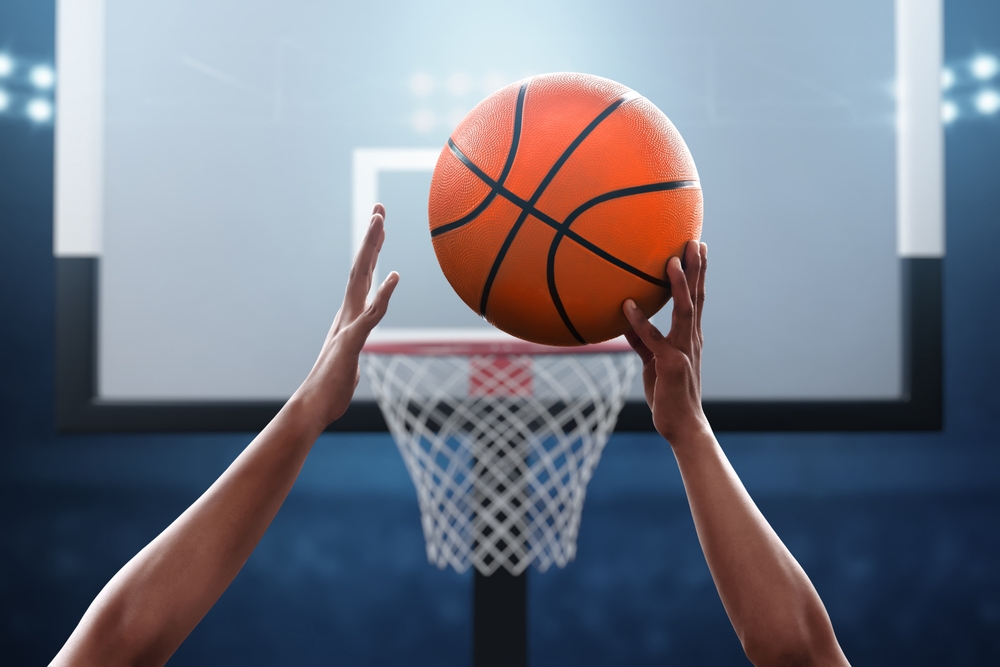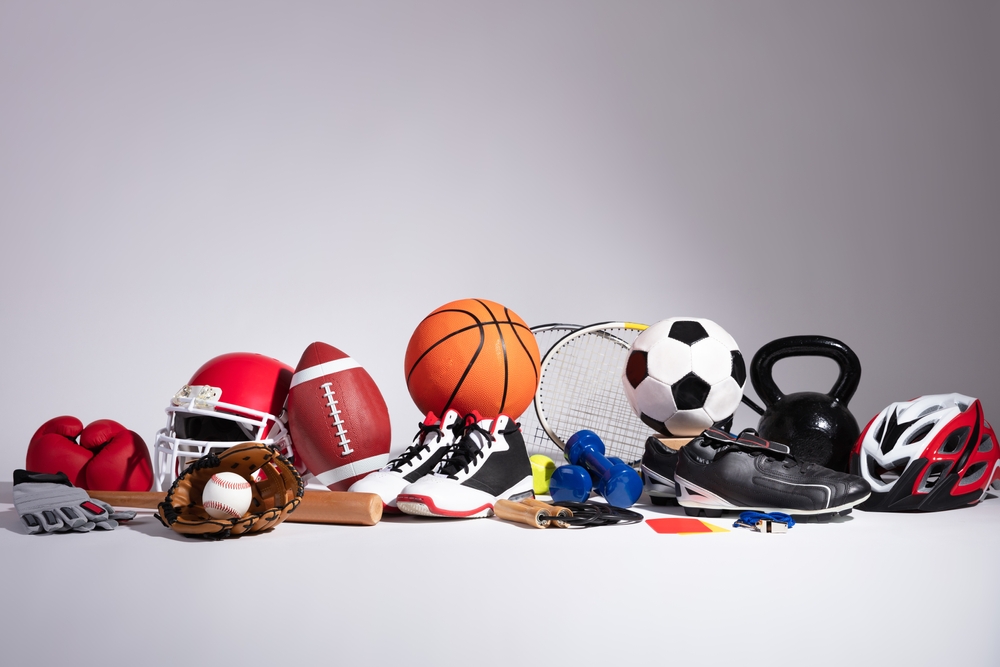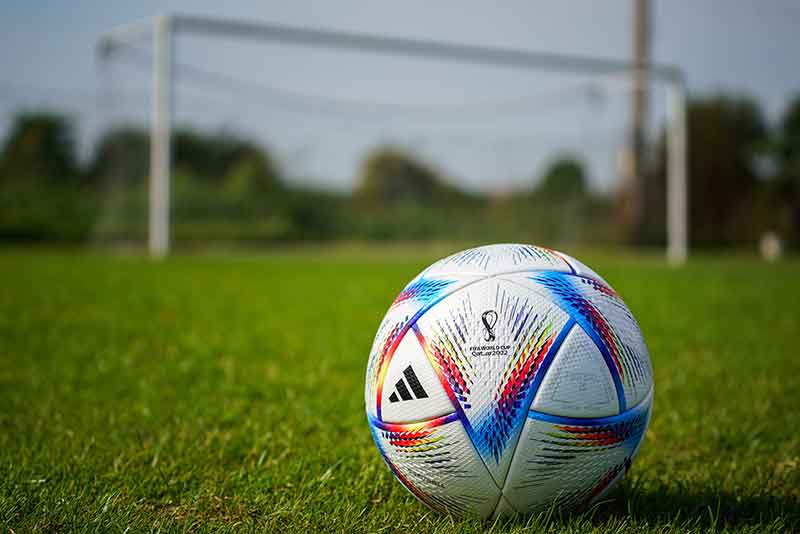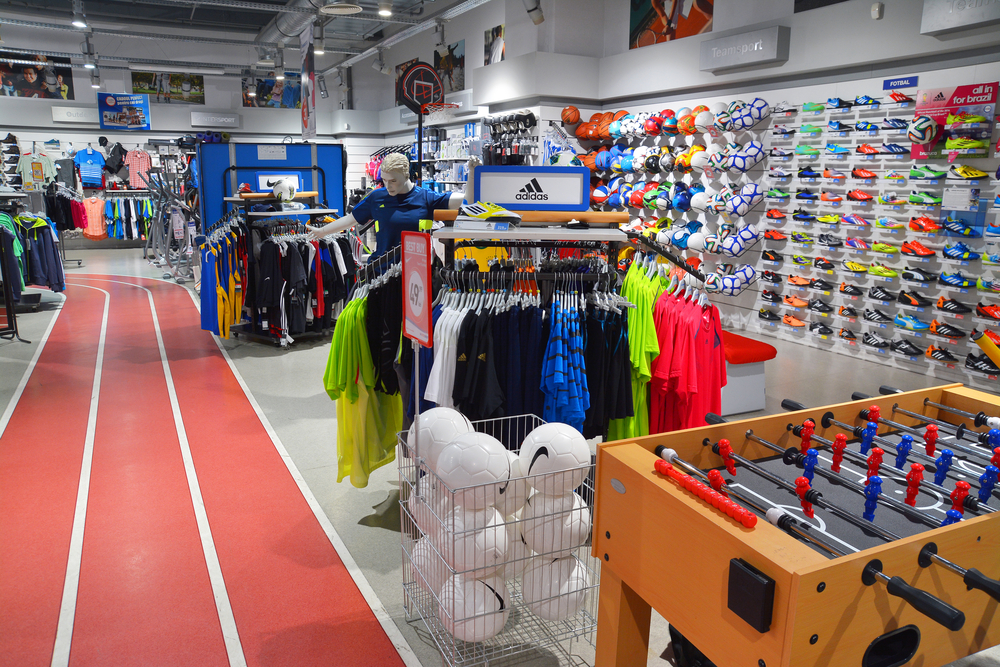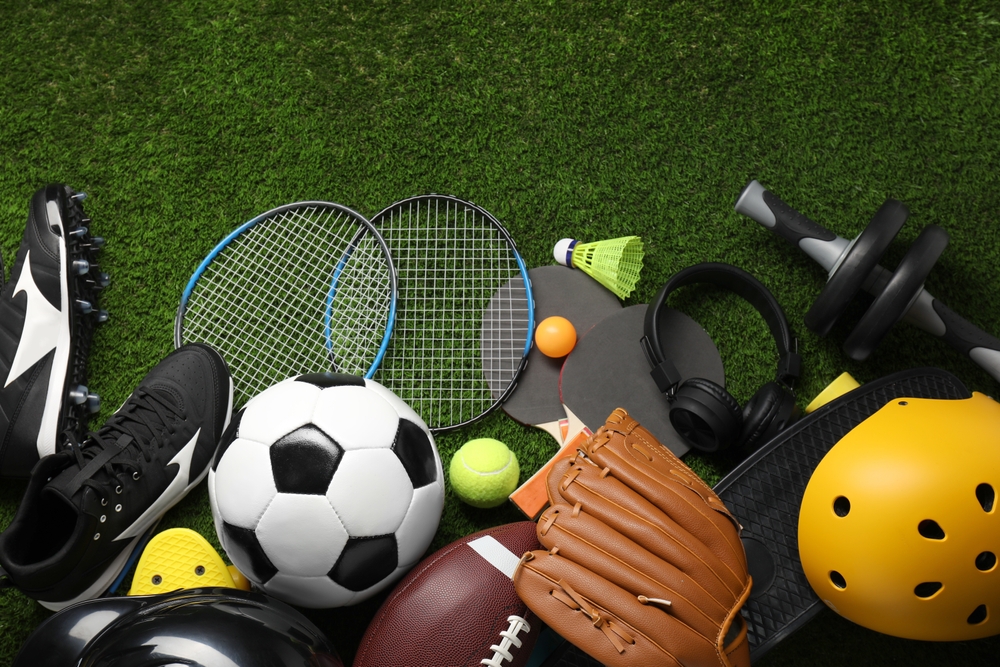Understanding the Basketball Ball: The Key to the Game
Basketball is a game of precision and grip, a critical component of one of the world’s most popular and dynamic sports. Every aspect of the ball, from its construction to its size and materials, is meticulously designed to optimize performance and gameplay. Unlike other sports, such as soccer or volleyball, basketball’s heavy reliance on precision and grip makes the design of the ball crucial and a testament to the technicality and skill involved in the game. Whether playing in a local gym or on an NBA court, the basketball ball defines how the game is played, felt, and mastered.
In this article, we will delve into the unique characteristics of the basketball ball, how it compares to the soccer ball manufacturing process, and the intricacies of other sports balls like volleyball. We’ll explore the material construction, evolution, and innovations that make a basketball more than just an object but a centrepiece of the sport itself.
What Sets a Basketball Ball Apart? The basketball ball is engineered to meet specific standards, varying slightly depending on the level of play and the league regulations. Most professional basketballs, like those used in the NBA, follow strict size, weight, and material guidelines to ensure consistency.
Materials Used in Basketball Balls
Basketballs are made from three main types of materials:
- Leather: Genuine Leather is used in professional leagues like the NBA. These basketballs offer superior grip and control but require a break-in period to perform best.
- Synthetic Leather: This is a more durable and cost-effective option for indoor and outdoor games. It mimics Leather’s feel but is more resistant to wear and tear.
- Rubber: Ideal for beginners and outdoor play, rubber basketballs are affordable, durable, and provide a strong bounce, although they lack the grip and control of Leather or synthetic options.
The material choice impacts the ball’s bounce, grip, and overall durability, making it essential for players to select the right ball based on their playing environment and, importantly, their skill level. This knowledge empowers players to make informed decisions, enhancing their game experience and performance.
Size and Weight Standards
Regulatory bodies like FIBA and the NBA specify precise measurements for basketballs:
- Men’s basketball: Typically a size 7 (29.5 inches in circumference and 22 ounces in weight).
- Women’s basketball: Size 6 (28.5 inches in circumference and 20 ounces in weight).
- Youth basketball: Size 5 (27.5 inches in circumference).
These standards ensure that the basketball ball feels familiar and consistent no matter where a player is competing.
The Crucial Role of Grip and BounceOne of the defining features of a basketball ball is its grip. The grooves and dimples on a basketball improve handling and control, allowing players to dribble and shoot accurately. A good basketball should have an ideal balance between bounce and grip, achieved through air pressure and the type of surface material used.
Comparing Basketball to Soccer Ball Manufacturing
While basketball and soccer might seem worlds apart, there are interesting similarities and differences regarding the design and manufacturing of the balls used in each sport. The manufacturing process emphasizes durability and shape retention since soccer balls are often subject to rough play on various surfaces.
Key Differences in Construction
- Panels: Soccer balls consist of multiple hexagonal and pentagonal panels stitched or glued together, unlike basketballs, which typically have eight panels.
- Material: Most soccer balls are made from polyurethane or PVC, providing resistance to outdoor elements. In contrast, basketballs, as we’ve seen, come in Leather, synthetic, and rubber variations.
- Internal Structure: Soccer balls often have a latex or butyl bladder to ensure air retention, whereas basketballs rely more on internal pressure and the material’s flexibility for bounce.
The durability of soccer balls and their water-resistant designs make them more suitable for all-weather play. Soccer ball manufacturing also involves rigorous testing for weight distribution, ensuring that the ball performs consistently during kicks, just as a basketball is designed to bounce consistently for dribbles and shots.
Volley Ball: Another Sporting Comparison
Another fascinating comparison is with volleyball, which is used in a completely different type of game but shares some construction similarities with soccer and basketball. Volleyball design is tailored to the demands of frequent contact with hands and arms, requiring a unique blend of softness and durability.
Volley Ball Construction
Volleyball is typically made from synthetic or genuine Leather, with a lightweight structure that aids in long, floating serves and high-speed spikes. Unlike the basketball or soccer ball, a volleyball is much lighter, typically weighing 9 to 10 ounces, and has a smooth surface for reduced friction.
The volleyball also features a distinct panel design—usually six panels stitched or bonded together. The key to a great volleyball is balancing air retention and softness, ensuring it maintains its spherical shape while being gentle on players’ forearms during repeated contact.
Surface and Feel Differences
The smooth surface of the volleyball contrasts with the textured exterior of the basketball. A volleyball is designed for indoor or beach play, meaning it has to withstand different conditions, but the need for grip is less crucial than in basketball. However, the surface of a volleyball must still be soft enough to avoid injury during constant hand strikes while maintaining a certain level of firmness for rebounds off the net or floor.
Choosing the Right Ball for Your Game
Choosing the Perfect Ball for Your Game
Regarding basketball, Leather balls are perfect for indoor, competitive play, while rubber and synthetic Leather options are better suited for outdoor environments. Meanwhile, soccer players often look for durable, weather-resistant balls that provide optimal air retention. In volleyball, it’s essential to find a lightweight and comfortable ball for long games of setting, spiking, and serving.
Caring for Your Sports Balls
No matter what sport you play, proper care and maintenance of your basketball, soccer, or volleyball are crucial for extending its lifespan and ensuring peak performance.
Tips for Basketball Care:
- Keep it inflated: Regularly check the air pressure in your basketball to maintain the ideal bounce.
- Clean it regularly: Use a damp cloth to wipe off dirt and dust, especially after outdoor games.
- Store it properly: Avoid leaving your basketball in extreme temperatures, as this can cause the material to degrade.
Maintaining Soccer and Volley Balls:
- Inflate correctly: Soccer and volleyballs should also be inflated to their recommended pressure levels.
- Avoid sharp surfaces: These balls are prone to wear and tear from rough surfaces. Always play on appropriate fields or courts.
Store in cool, dry places: Basketballs, soccer and volleyballs should be stored in environments that do not fluctuate drastically in temperature.

